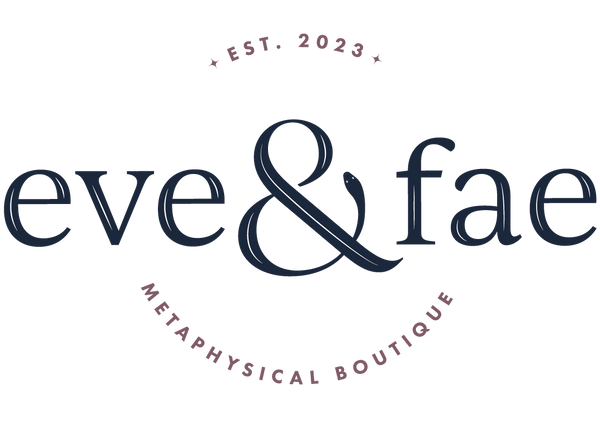Have you ever wondered why certain characters in movies or books feel so relatable? Or why you find yourself drawn to certain personality traits or behaviors? The answer lies in the concept of archetypes. In this blog post, we will explore how archetypes differ from stereotypes and how you can use archetypes to embark on a journey of self-discovery.
What is an Archetype?
An archetype is a universal symbol or pattern that represents a specific character, behavior, or situation. It is a recurring theme or motif that can be found across different cultures and time periods. Archetypes tap into our collective unconscious and evoke deep emotions and connections.
How is an Archetype Different from a Stereotype?
While archetypes and stereotypes may seem similar at first glance, there is a crucial difference between the two. Stereotypes are oversimplified and generalized representations of a particular group or individual. They often rely on assumptions and prejudices, perpetuating harmful biases.
On the other hand, archetypes are more complex and nuanced. They represent universal patterns of human behavior and experience. Archetypes can be found in various forms, such as the Hero, the Wise Old Man, or the Rebel. They provide a framework for understanding and exploring different aspects of our own personalities.
Using Archetypes for Self-Discovery
Now that we understand the difference between archetypes and stereotypes, let's explore how you can use archetypes for self-discovery:
1. Reflect on Your Personal Experiences
Think about the characters or stories that have resonated with you throughout your life. What traits or qualities do they possess? Are there any recurring themes or patterns? Reflecting on these experiences can help you identify the archetypes that are most meaningful to you.
2. Explore Archetypal Imagery
Archetypes often manifest through symbols and imagery. Take some time to explore different archetypal symbols, such as animals, colors, or objects. Tarot and Oracle cards are essentially guides completely from archetype. Often the books and films we like also explore archetype within the development of the characters. Pay attention to the emotions and associations they evoke within you. This exploration can provide valuable insights into your own psyche.
3. Embrace Your Shadow Archetypes
Archetypes are not limited to positive or desirable traits. They also encompass the shadow aspects of our personalities—the parts we may try to hide or suppress. Embracing these shadow archetypes can lead to a deeper understanding of ourselves and promote personal growth.
4. Seek Guidance and Support
Self-discovery can be a challenging and introspective journey. Consider seeking guidance from a therapist, counselor, or mentor who can help you navigate the complexities of archetypes and provide support along the way.
5. Embody Your Archetypes
Once you have identified your archetypes, find ways to embody and express them in your daily life. Whether through creative outlets, personal projects, or simply embracing certain behaviors, embodying your archetypes can bring a sense of authenticity and fulfillment.
Remember, archetypes are not meant to limit or confine us. They are tools for self-exploration and growth. By understanding the difference between archetypes and stereotypes, you can embark on a journey of self-discovery that is empowering, enlightening, and uniquely your own.
Be Blessed, Blessed Be,
Rachel Joy

